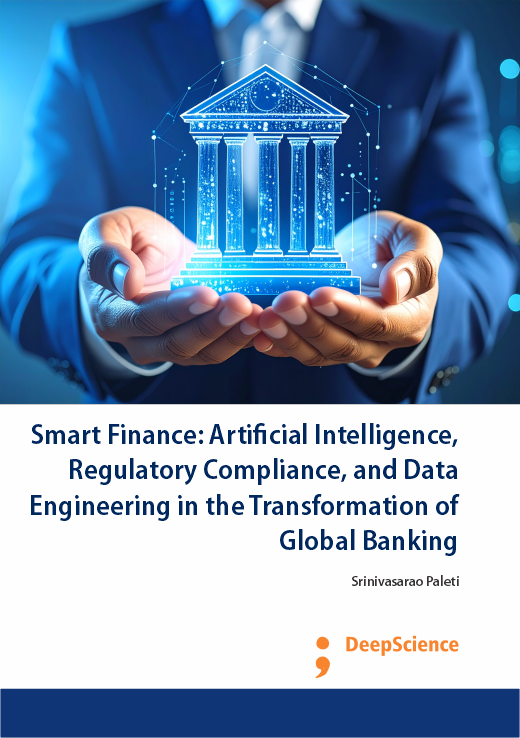Artificial intelligence in credit risk modeling, underwriting, and customer behavior prediction
Synopsis
The financial services industry has recently undergone a significant transformation due to advancements in digital technology. The easing of traditional barriers of entry associated with regulation, high capital, and information asymmetries has enabled non-financial technology companies, as well as new regulations, data sources, and data technology tools, to challenge the traditional oligopolistic structure of the industry. Traditionally dependent on human decision-making, financial services are now under pressure to maximize efficiency, lower costs, reduce risk, and improve customer experience, as in any other industry. In this process, artificial intelligence technologies have become increasingly important. Financial institutions now use AI to boost sales in some areas, directly or indirectly enhance customer experience, automate back office operations, and improve analyses for risk management, especially credit risk. Non-financial companies use machine learning for fraud detection and use risks, employ partner firms to provide additional financial services, and then use AI to enhance marketing (Galindo & Tamayo, 2000; Khandani et al., 2010; Lessmann et al., 2015).
As AI capabilities continue to develop, there now seems to be no limit to the potential applications of AI technologies. Now AI is rapidly based everywhere in financial institutions: front office, middle office, and back office, as well as used by operations and human resource functions of financial institutions. Overall, a growing number of financial industry practitioners believe that AI will be one of the most disruptive technologies in finance in the 2020s, with the potential to change the entire business processes and organizational structure of traditional financial institutions and challenge the current business models (Moro et al., 2014; Sirignano & Cont, 2019).













